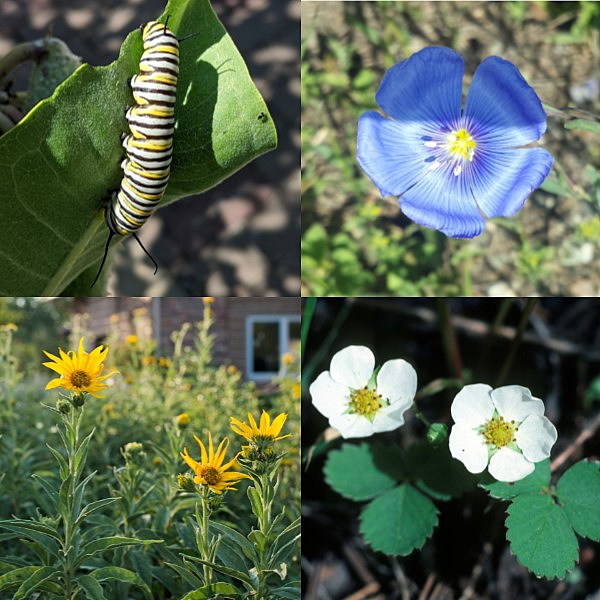By Miranda Hernandez, Missoula Current

Nature lovers: when you go hiking in the wilderness, what is it you love about the landscape? Is it the trees? The butterflies? The flowers? The beauty of how interconnected nature is? You can bring all this to your doorstep by planting native plants in your yard.
Native plants are plants that naturally occur in a relative area (which can be your watershed, mountain range, prairie, state, town, or a few-mile-radius around your home). Native plants have spent geologic time evolving, adapting, and thriving in the conditions they inhabit. This allows them to persist in their given soil, climate, sun exposure, pollinators, and seed dispersers.
Over time, native plants use fewer resources and less water than a lawn or a landscaped yard. Regionally native plants are adapted to local soil conditions, and expect the amount of precipitation that region receives. This often means you will not have to regularly (if at all) add fertilizers or amendments to your plants, can avoid using pesticides, and can water less – all of which reduces runoff pollution and resource consumption.
For optimizing these benefits it is important to consider where you would find a native plant in the wild, and what kind of conditions it is thriving in. Is it right by a creek? Is it in the shade? Is it growing in clay? Compare these ques to your garden conditions and decide accordingly which plants would be best for your yard.

